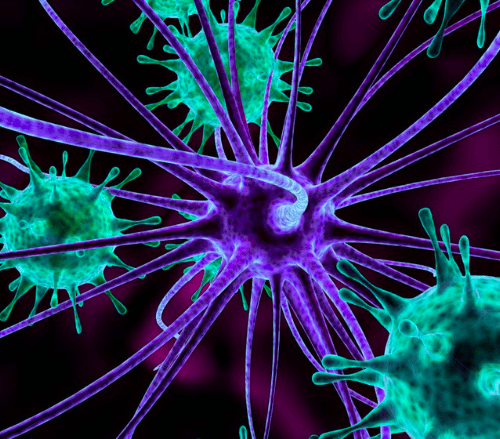2025: Cure Parkinson's research highlights from the last year and insights for the year ahead
2024 was another busy year for the research team at Cure Parkinson’s; from the results publication of the phase 2 clinical trial of lixisenatide to the funding of new pre-clinical projects, Cure Parkinson’s has not stopped in its mission to slow, stop or reverse Parkinson’s....
Learn more
Time to re-nurture neurturin?
A new research report suggests that a disappointing gene therapy treatment did have an effect inside the brain, which could now have important implications for future gene therapy trials.
Exenatide: further studies initiated
In 2012, Cure Parkinson’s initiated the International Linked Clinical Trials (iLCT) programme to focus on identifying and prioritising potentially disease-modifying therapies for Parkinson’s. The first drug to be prioritised within the programme by the iLCT committee was a diabetes medication called exenatide. Since then, Cure Parkinson’s has…
Multi-Arm Multi-Stage trials for Parkinson’s
At present, most clinical trials for Parkinson’s involve a single therapy, being tested against a ‘placebo’ or control treatment for a fixed period of time. At the end of the study, the results are compiled and analysed, allowing for conclusions to be made. The whole…
The STEADY-PD Trial Results
Cure Parkinson’s recently approved funding for a project with Associate Professor Antony Cooper, Garvan Institute, Sydney. The project aimed to determine if there is a group of people with idiopathic Parkinson’s (where the cause is unknown) who have a deficiency of their GBA enzyme GCase (glucocerebrosidase)…
Revising our approach to treating Parkinson’s
The Krembil Knowledge Gaps in Parkinson’s Disease Symposium held in Toronto in April 2019 addressed some of the fundamental questions for further advancing Parkinson’s research. Key among the topics for discussion was the current thinking of Parkinson’s as a single condition or a syndrome of multiple diseases,…





